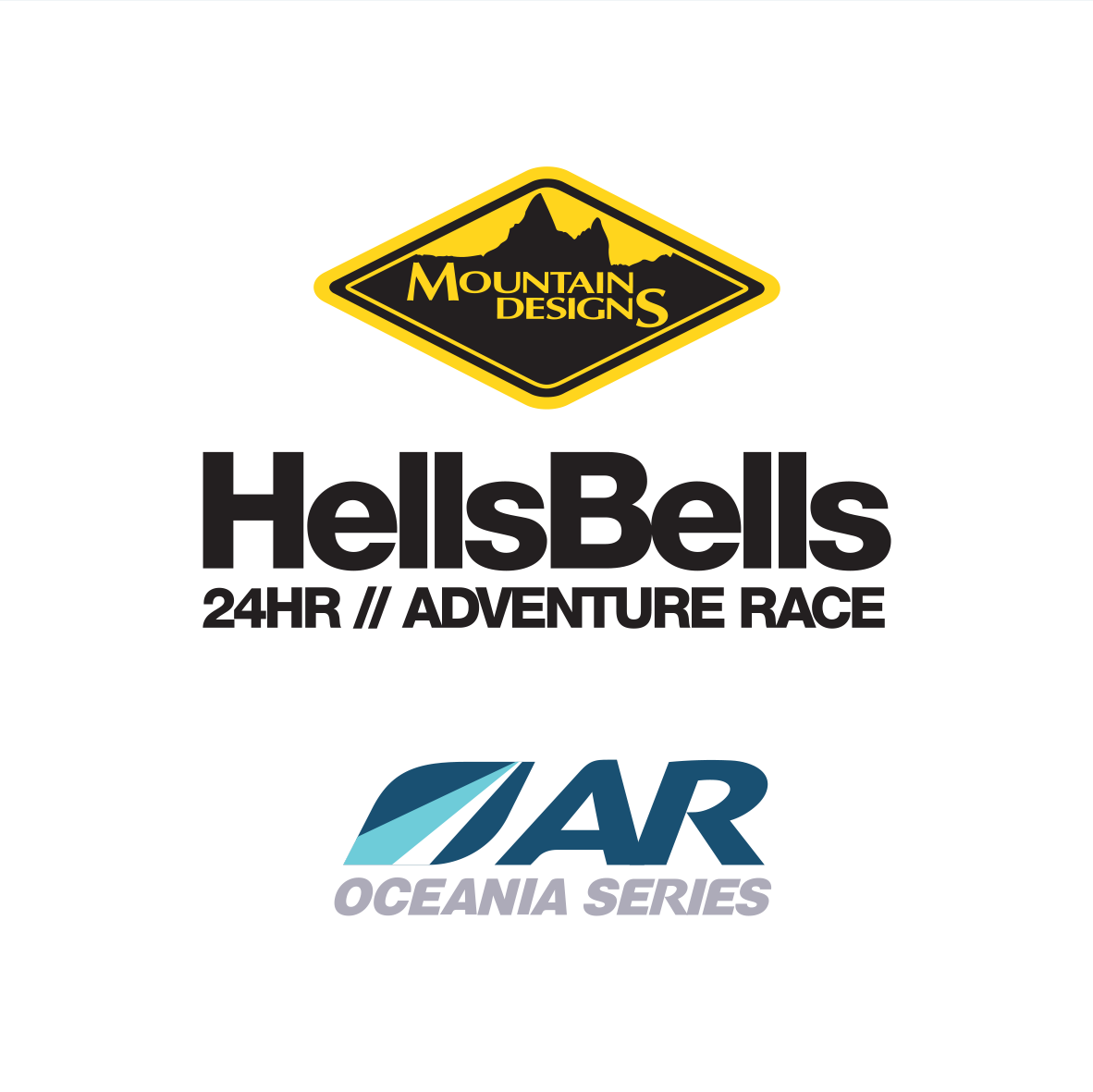There are two course options at Mountain Designs Hells Bells a full course and a half course called Fairy Bells.
Hells Bells is the ultimate test of physical and mental limits. It is the major focus of the event and the crown jewel for most teams. It is tough and may have you on the go for 24 hours or more and we don’t expect that every team to complete the course. It wouldn’t have a reputation as a tough event if everyone could do it! With good teamwork and determination, finishing teams can expect to spend anywhere from 18 and 24 hours on the course. No specific provisions are made for sleeping, you will need to plan your own sleep strategy.
Fairy Bells is approximately half the distance of the full course and ideal for those teams who want a bit less sleep deprivation and possibly a little more time to enjoy the experience. Competitors begin the race with those doing the full course and then branch off to their specific course. The course tends to be interwoven with the Full Course meaning you are often traveling the same sections covered in the full. Competitors in this category have the full race time limit to complete the half course (the official race finish 24hrs after the start).
Which one is for you? It is totally up to you however if you are a novice team we recommend firstly trying out Fairy Bells. The extra time and shorter distance will give your team a greater chance at being able to finish the race. You will have time to recover possibly from large navigational errors and you can spend longer in the transition areas warming up and eating.
Novice teams are welcome to enter the full course, however must realise that it will be hard, technical and that you may not finish. On saying this, plenty of novice teams have finished it in the past…. it’s up to you!
DISTANCES
In very general terms Hells Bells teams in general can expect approximate total distances of trekking 25-35km, mountain biking 60-70km and kayaking 15-25km.
Fairy Bells teams in general can expect approximate total distances of trekking 12-20km, mountain biking 30-50km and kayaking 8-15km.
FORMAT
The Mountain Designs Hells Bells course is a linear race. All teams begin the adventure at the same point, then navigate their way through each leg consecutively. At the end of each leg is a Transition Area where you change from one discipline to another. At most Transition Areas you will be met by the transition team and any supporters that choose to come along.
We may need to transport you to the start line, but the race will always finish at Race HQ.
While on the course, team members must stay within 100m of each other for the entire race. If a team member pulls out, then that team will not receive an official finishing place. The team may be permitted to continue “Unranked” providing there is a minimum of 2 people. The winning team in each category will be the first team across the finish line after successfully navigating all legs of the course, and having all the team members they started with.
To foster an adventurous spirit, and save some of the excitement for race day, the exact course will not be released until the day of the event. All teams will be given the course at the same time, at the course briefing.
CUT OFFS
Our aim is give teams the opportunity to challenge themselves non-stop for 24 hours. This means that even if a team is going slow, they should still be able to race on the course for 24 hours, regardless of how far along it they get. Teams will however need to be back at race HQ for the official race finish on Sunday.
ENVIRONMENT
Environmental impact is a major concern and it is expected that competitors be aware of this. Generally adventure racers are responsible when it comes to looking after the environment in which they are racing, and we hope that this will continue with Mountain Designs Hells Bells. The race rules detail some specific environmental requirements.
WATER
No specific provisions have been made for water re-supply on the course (it is an adventure race after all!). Teams will need to carefully consider their water needs. This includes how much to carry and whether it is likely that water will be found on the course.
WEATHER
Generally teams will need to be prepared for all weather conditions. It is a good idea when the location is announced to research the local weather and climate. This way your team can be better prepared for what may be in store.









